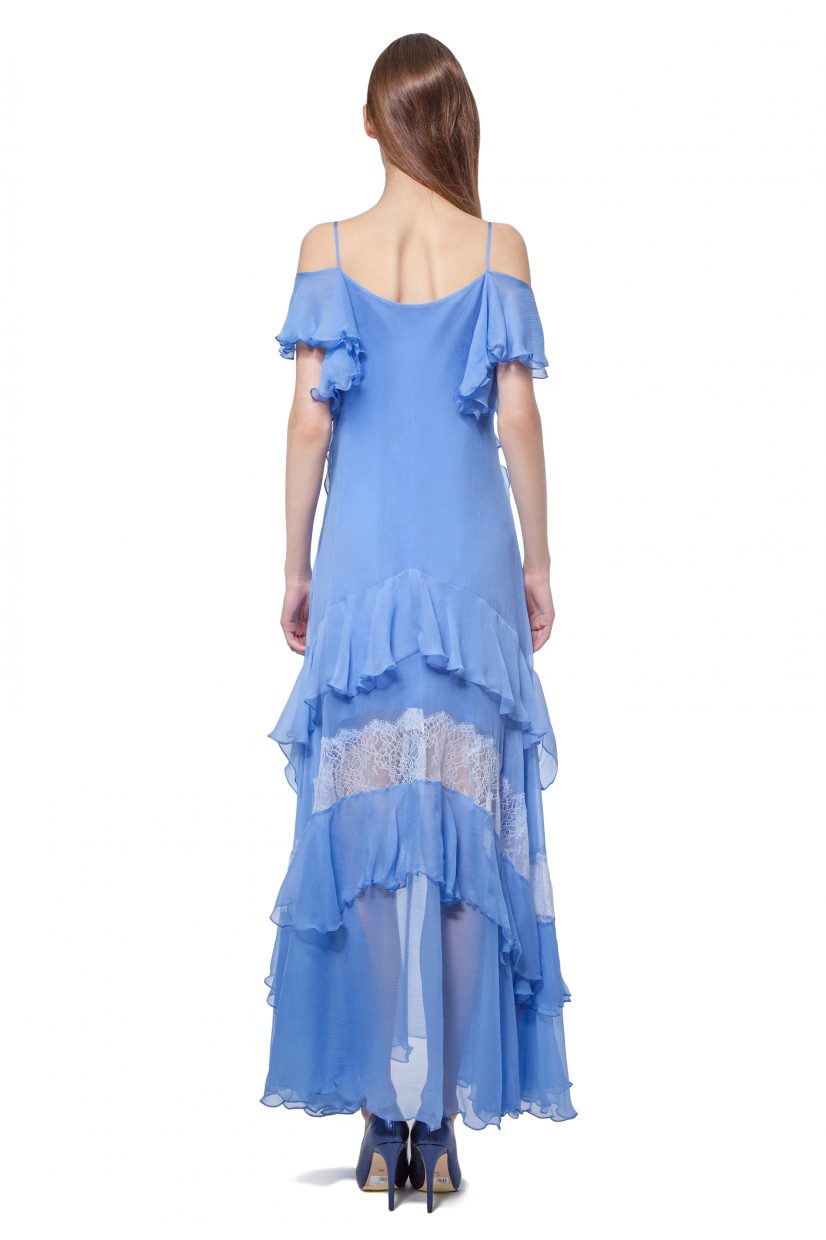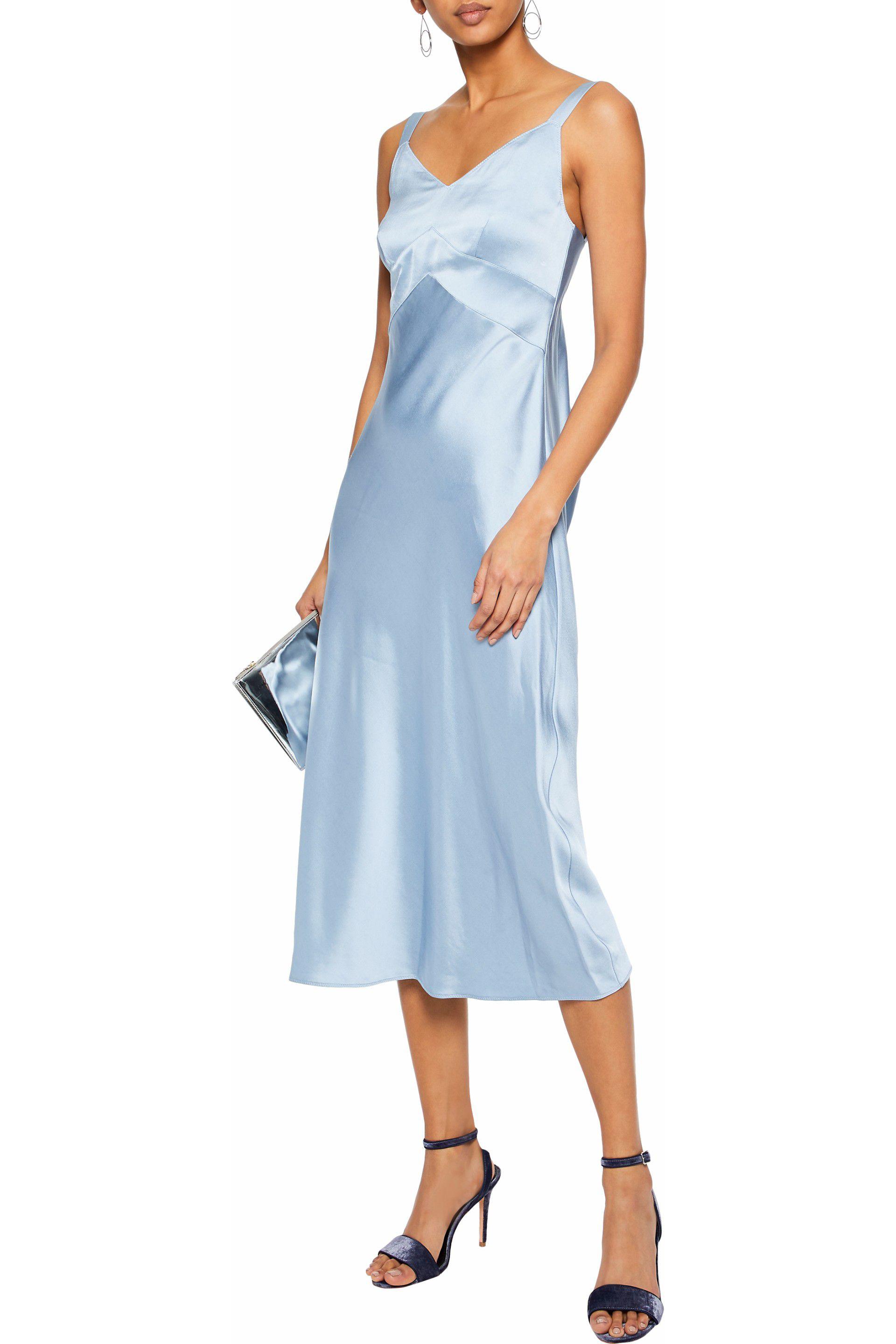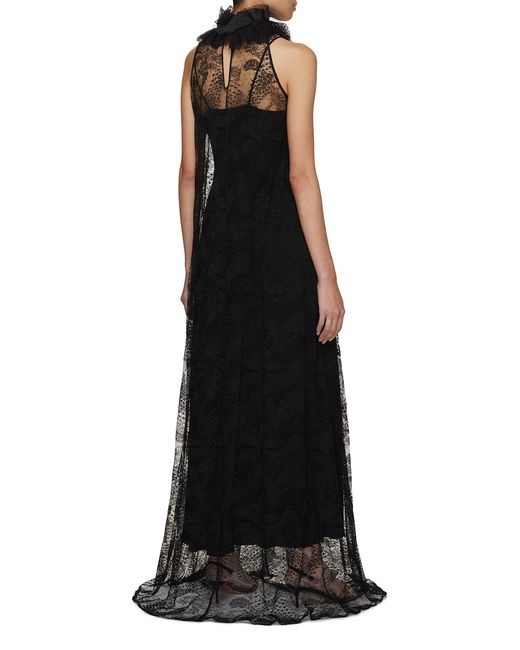

Stephanie Jang is a visual merchandiser who has worked with brands like Kate Spade New York and Coach. To guide you toward the right one, we relied on our personal shopping experience and help from an expert to uncover the best slip dresses.

Still, though the concept of a slip dress may seem one-note, there are a dizzying array of possibilities out there featuring varying lengths and necklines and different materials.
#Blue slik dress plus
With their lightweight fabric and flattering cuts, if you find one that skims your body just right it’ll be your best friend throughout all four seasons, and your plus one to everything from weddings to work. What makes the style so enduring is how it takes all the guesswork out of what to wear-the versatile clothing piece is genre-bending, season-defying, and one of the most reliable options in our closets. The dresses brought to Australia with the Deane women and passed down through several generations of the one family are among the rarest and oldest in the National Historical Collection.Once simply considered an additional layer of coverage or pajamas, we have ’90s fashion trailblazers like Kate Moss and Naomi Campbell to thank for elevating slip dresses from lingerie into streetwear, and designer brands such as Dior for creating the regal looks (hello, Princess Diana) that demand attention on red carpets today. As Ann was married in 1807, it is possible the muslin dress was worn on her wedding day. White muslin was difficult to keep clean, so many reserved such dresses for evening wear or special occasions. The slight train and beautiful vertical embroidery suggest it was not mere daywear. The collection also includes a white muslin dress from about 1805–1810. The Faithfull family collection contains a range of objects and material brought from England including sketches and paintings of English land and seascapes, scrapbooks filled with newspaper clippings, recipes and poetry, books – many of which have been inscribed with affectionate messages from friends left behind – and a number of dresses and accessories.Īnn's dress would have shared a trunk with an extravagant green and floral brocade dress (about 1730) and a striking red, green and gold striped silk dress (about 1785), both with wide skirts made voluminous by hip panniers.

When Ann and her family embarked upon the three-month sea voyage to Australia in early 1838, the blue silk dress was not the only cherished possession among their luggage. In 1844 when Ann's daughter Mary married William Pitt Faithfull, the dress went with the Deane family to Springfield station in New South Wales. The will reveals her wishes:Īlas I have but little to give yet I hereby give devise and bequeath unto my daughter Ann Deane all and every thing I may die possessed of namely my wearing apparel. The Springfield–Faithfull family collection includes Ann's will. Made from valuable silk, it is likely the dress was an important family heirloom bequeathed to her daughter.

While this style allowed women to abandon the corset (known as stays during the 18th century) many continued to wear them to achieve the desired silhouette.ĭress styles changed dramatically throughout the 19th century and Ann's empire-line dress would not have been part of her everyday attire when she arrived in Sydney in 1838. It features the high waist, bib-front and columnar skirt that made empire line dresses less restrictive than many other 19th-century styles.
#Blue slik dress free
Women began discarding the heavily-corseted and voluminous silk gowns once popular in the Rococo courts of Europe for less restrictive, more free flowing garments.įashion experienced a classical revival and women began to wear clothing that, inspired by the architecture and sculpture of antiquity, favoured flowing, diaphanous fabrics and drapery.Īnn's blue silk dress emphasises the elegance and simplicity popular during the Regency period (about 1795 to 1820).
#Blue slik dress full
The Napoleonic Wars and hostilities with England ended in 1814 and the Industrial Revolution was in full swing. The Age of Enlightenment and the French Revolution were flourishing, giving rise to ideas of liberation and individualism. Between the late 1700s and the early 1900s momentous social and political change swept through Europe and had a dramatic effect on women's fashion.


 0 kommentar(er)
0 kommentar(er)
